In his comment about yesterday’s blog entry with the same title, Jim Wright made the following points:
So what am I trying to do?
‘I have only two questions concerning your commander conundrum.As ever, Jim has managed to get to the nub of the problem in one go. I had got myself so tied up in trying to write a set of rules based on those written by Joseph Morschauser and trying to add bits of probably unnecessary ‘chrome’ to make them appeal to a wider audience, that I had lost sight of why I was actually going through the process.
Do you really want them in your game?
Do you really need them in your game?
Or is this want/need a reflection of you being influenced by years of using rules that had command thingies of one flavor or another.
We are a product of our environment. Maybe so?
Are commanders necessary to make the game fun for you?
If yes, then take the simplest course of action that makes you happy. That is all that matters. It is your game. Be happy.
I think all our suggestions are merely confusing the issue and causing you to pause on the road to a fun game.'
So what am I trying to do?
- I want to write a set of simple, fast-play wargames rules based on those written by Joseph Morschauser
- I want to be able to use the rules for solo battles as well as face-to-face battles
- I want to use a gridded battlefield to reduce the amount of time spent measuring movement and ranges (and the associated disagreements that can occur in face-to-face battles)
- I want to be able to use my existing collection of 15mm 19th century figures, most of which are based on 40mm wide multi-figure bases
- I want to be able to have some means of representing an army’s commander on the battlefield, and I want that commander to be able to exert some influence on events as they unfold
- Finally, I am writing these rules for my own personal use, not for anyone else; if other people want to use the rules – either as they stand or modified to meet their own requirements – this should be possible but should not be a defining factor in what I include or chose not to include in the rules





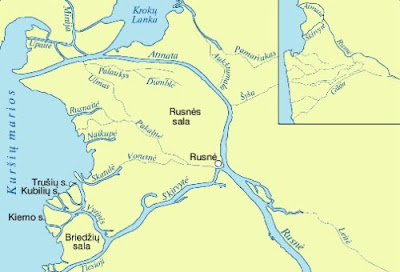




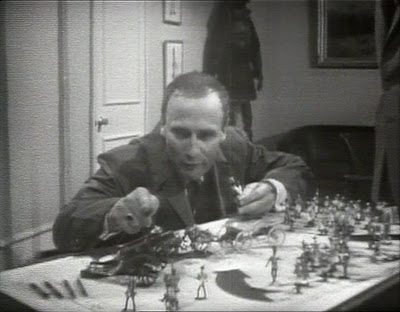

 Callan
Callan

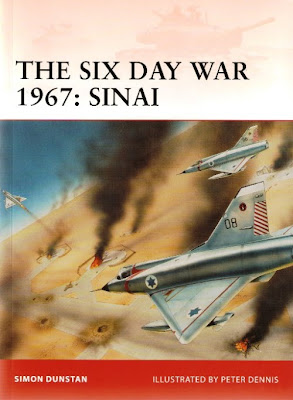
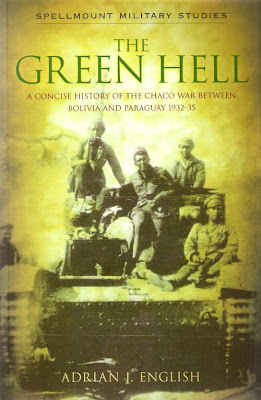




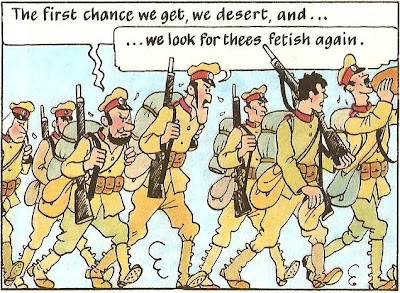
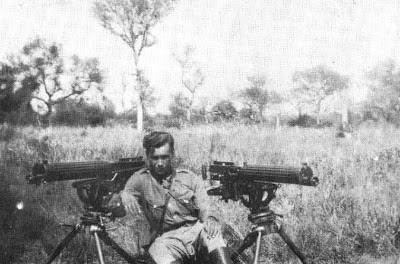
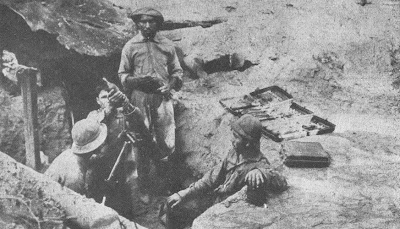






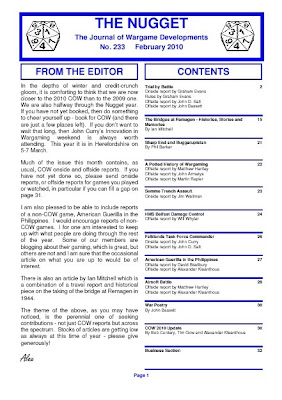


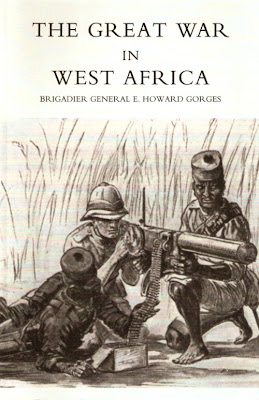


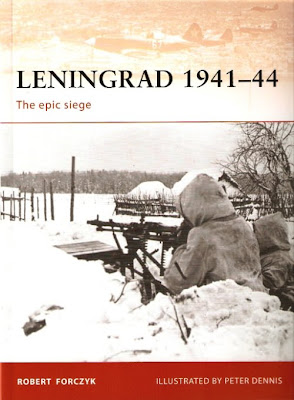
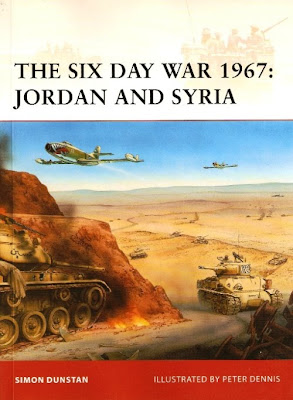

.jpg)


















.jpg)

.jpg)







